
Assata Shakur, a Black liberation activist whose life became a flashpoint in U.S.-Cuba relations, died Thursday in Havana at 78. Her passing, confirmed by her daughter Kakuya Shakur and Cuba’s Ministry of Foreign Affairs, brings a symbolic close to decades of exile following her 1979 escape from a U.S. prison where she had been serving a life sentence for the 1973 killing of a New Jersey State Police officer.
For over four decades, U.S. authorities, including President Donald Trump, consistently demanded her return from the communist nation, viewing her as a fugitive from justice. Yet, in her own accounts and among her ardent supporters, she was pursued for crimes she did not commit or that were, in their view, justified. This fundamental disagreement cemented her as both a convicted murderer in the eyes of U.S. law enforcement and a revered symbol of resistance for racial justice activists.
The complex narrative of Assata Shakur, born Joanne Deborah Chesimard, spans a childhood shaped by societal upheaval, early political activism, a deadly highway shootout, a controversial trial, a dramatic prison break, and a long life in Cuban asylum. Her story illuminates deep-seated divisions within U.S. society regarding justice, race, and political dissent, prompting reflection on her intensely contested legacy. This article delves into the foundational events of her life.
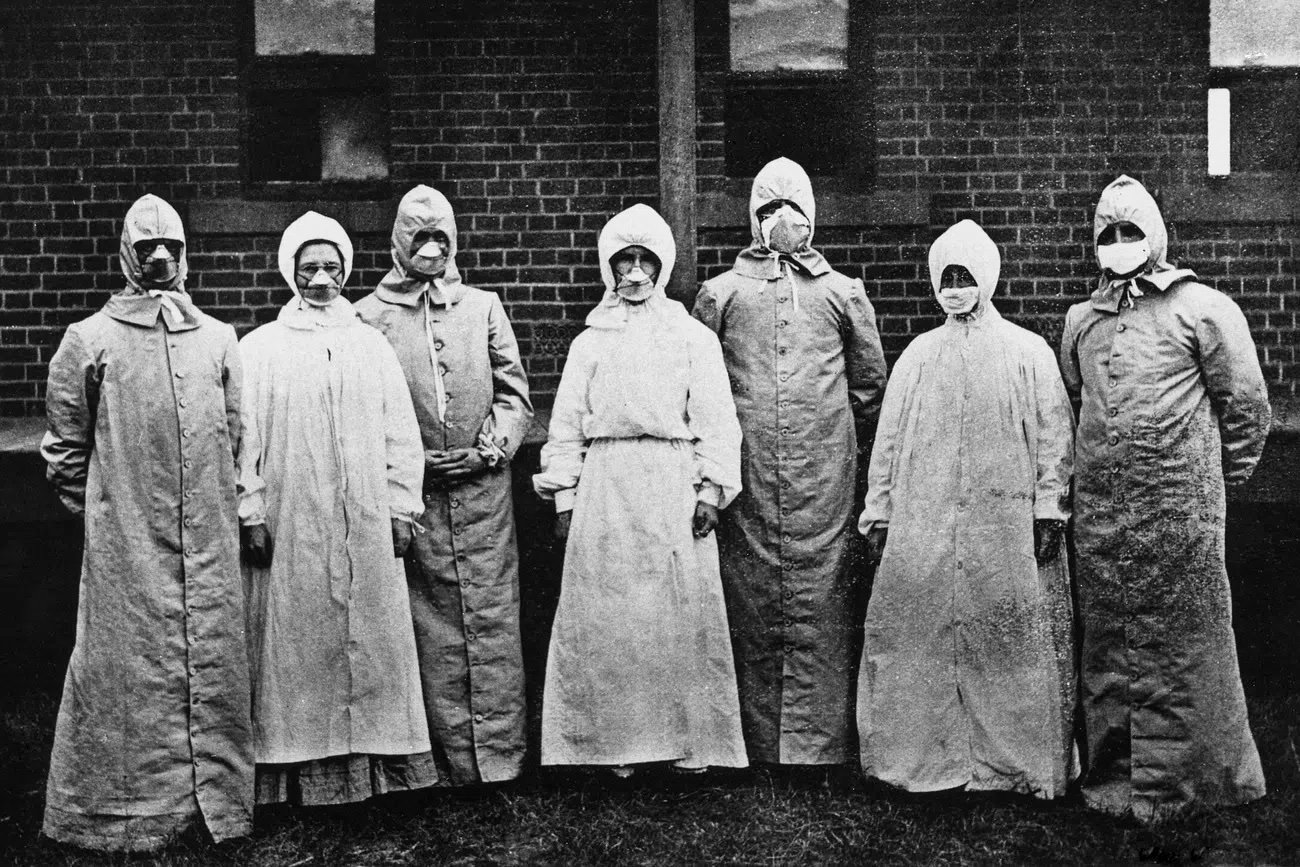
1. **Early Life and Radicalization**Born Joanne Deborah Byron in Flushing, Queens, New York, on July 16, 1947, Assata Shakur’s early years unfolded against a backdrop of racial segregation and social turbulence in America. She spent formative parts of her youth between New York City and Wilmington, North Carolina. This exposure to diverse aspects of American life during the Civil Rights era deeply influenced her political consciousness.
Her journey into overt political activism began during her college years, a crucial period of intellectual and ideological development. At the Borough of Manhattan Community College and later at the City College of New York, Shakur engaged deeply in burgeoning civil rights movements. These academic environments became transformative spaces where she embraced calls for racial equality and social justice that resonated across the nation.
It was during this era of awakening and commitment that she adopted the name Assata Shakur. This choice was deliberate and profound, signaling clear alignment with a broader struggle for liberation and identity. “Assata” is often interpreted to mean “she who struggles,” embodying a spirit of enduring resistance, while “Shakur” translates to “thankful one” in Arabic, reflecting a personal and cultural reclaiming of identity within the movement.
Read more about: Sara Jane Moore, Who Attempted to Assassinate President Ford, Dies at 95
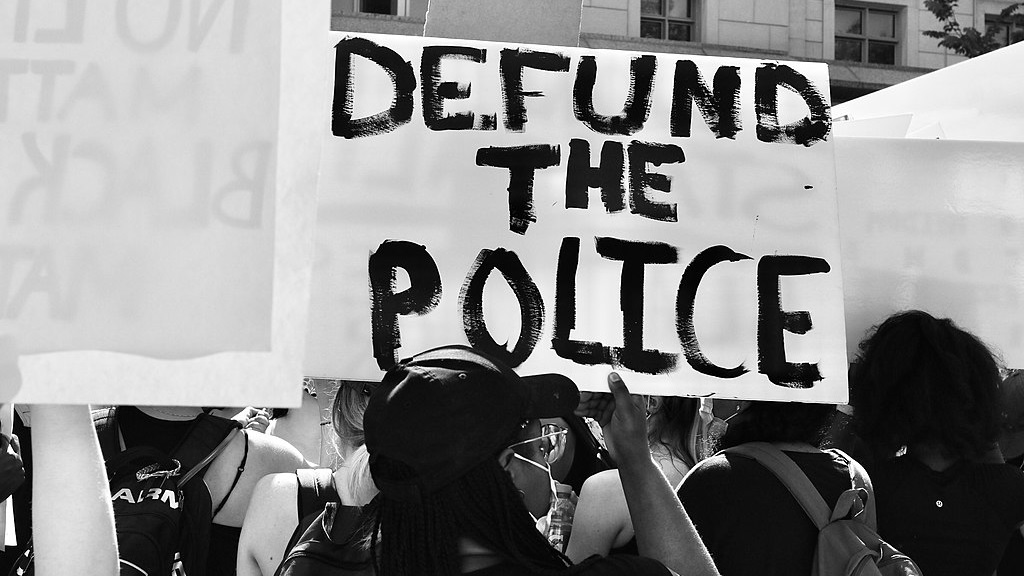
2. **Affiliation with Black Panther Party and Black Liberation Army**Shakur’s evolving political convictions led her to align with prominent Black nationalist movements of her era. As a young woman in the late 1960s, she briefly relocated to Oakland, California, where she became a member of the Black Panther Party. Upon her return to the East Coast, she continued her involvement, serving in the Black Panthers’ New York City chapter and deepening her engagement in organized activism and community empowerment.
Her path soon led her to transition into the more militant Black Liberation Army (BLA), an underground organization that diverged from the Black Panther Party. The BLA was explicitly committed to armed resistance against systemic racism in the United States, advocating for revolutionary change through direct action. According to reports from the time, BLA activities included planning assassinations of law enforcement members in multiple U.S. cities, including New York, Los Angeles, and Atlanta.
Figures such as former FBI assistant director John Miller described Shakur as “the soul of the Black Liberation Army” and a recognized leader within the group. Her prominent role underscored her unwavering commitment to what the BLA perceived as a global revolutionary struggle. This ideological alignment resonated deeply with the Cuban government, which later saw the armed Black liberation movement in the U.S. as part of broader anti-colonial and left-wing forces operating worldwide.
Read more about: Trailblazers & Triumphs: Unpacking the Incredible Legacies of 14 Black Female Icons Over 70

3. **The 1973 New Jersey Turnpike Shootout**A pivotal and intensely disputed event in Assata Shakur’s life, which indelibly shaped her public perception and legal fate, unfolded on May 2, 1973. On that spring day, she and two other members of the Black Liberation Army were involved in a violent gunfight with New Jersey State Police troopers following a highway traffic stop on the New Jersey Turnpike. The initial stop was made by State Trooper James Harper, who discovered a loaded gun on the driver, immediately escalating the encounter.
During the ensuing confrontation, State Trooper Werner Foerster, who was 34 and left behind a wife and young son, was killed. Another officer was wounded, and one of Shakur’s companions, identified as Zayd Malik Shakur (also referred to as James Coston in some accounts), also died in the shootout. Assata Shakur herself was wounded, with injuries she would later describe as having occurred while her hands were in the air.
The specific details of Foerster’s killing remain fiercely contested, forming a central pillar of the controversy surrounding Shakur. State Trooper James Harper testified that he witnessed Shakur shoot Foerster in the stomach with the officer’s own gun, after Foerster had struggled with the car’s driver, who also shot the trooper in the arm. Conversely, Shakur consistently maintained in her writings from Cuba and in interviews that she did not shoot anyone and that her hands were in the air when she was wounded, presenting a starkly different account. Some law enforcement characterized Foerster’s death as “execution-style” at point-blank range.
After the initial exchange of gunfire, Shakur and her two companions returned to their car and drove approximately five miles down the New Jersey Turnpike. There, they dumped Coston’s body on the roadside before police caught up. Shakur was arrested at the scene, still wounded, while the driver managed to flee, only to be apprehended nearly two days later, bringing the immediate pursuit to a close.
At the time of her arrest and the shootout, Shakur was already wanted on several felonies, including bank robbery. This prior record further intensified the focus on her and the broader militant activities of the Black Liberation Army, framing the Turnpike incident within a larger context of alleged criminal and revolutionary endeavors.
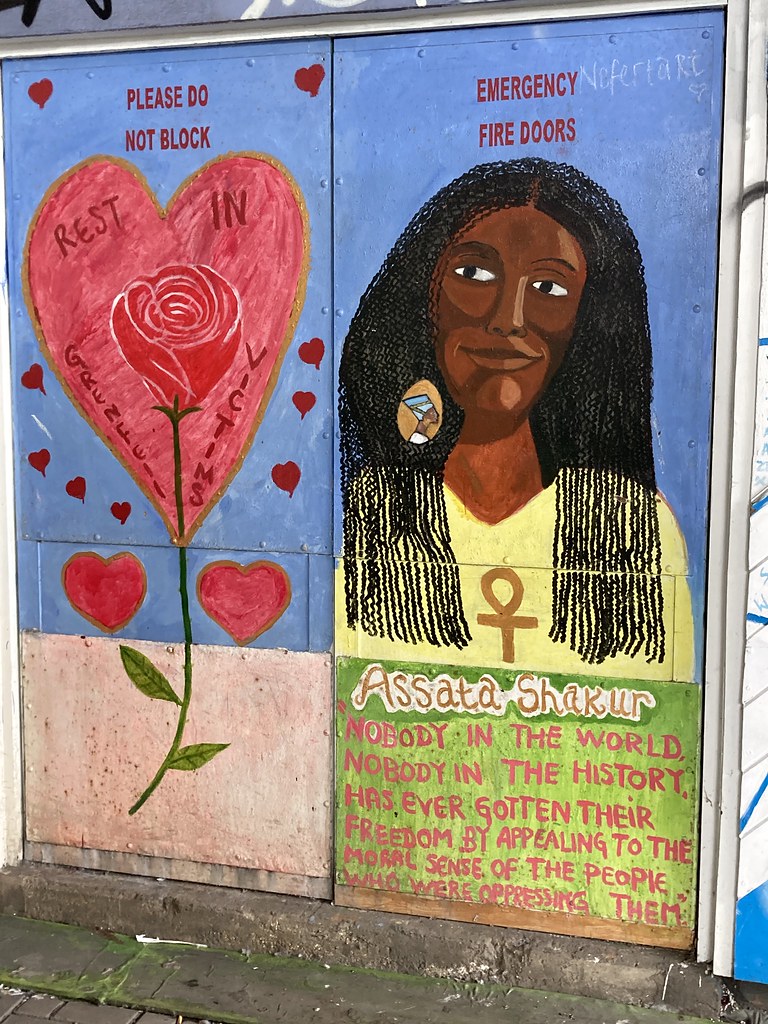
4. **The Trial, Conviction, and Life Sentence**Following her apprehension after the New Jersey Turnpike shootout, Assata Shakur was brought to trial for the events of May 2, 1973. The legal proceedings that ensued were deeply contentious, drawing significant public and political scrutiny, unfolding against the backdrop of the tumultuous 1970s. She was transported from Riker’s prison in New York to the Middle County Jail, where she awaited trial.
In 1977, after a prolonged and highly publicized legal battle, Shakur was found guilty of murder, armed robbery, and seven other felony charges related to the shooting. She was subsequently sentenced to life in prison for her role in the killing of Trooper Werner Foerster. This conviction, stemming from the judicial process, legally established her status as a criminal who had committed heinous acts against law enforcement.
From Shakur’s own perspective, the trial was anything but fair or just. In a candid 2001 interview with BET, she famously stated, “I was convicted by—I don’t even want to call it a trial, it was lynching, by an all-white jury.” She further articulated her profound distrust in the impartiality of the U.S. legal system by adding, “I had nothing but contempt for the system of justice under which I was tried,” asserting the process was fundamentally flawed and biased against her.
Her supporters strongly echoed these sentiments, arguing she was a political prisoner targeted for her involvement in resisting racial oppression rather than for direct criminal culpability. They contended her defense counsel faced numerous obstacles, including alleged suppression of crucial evidence, demonstrable juror bias, and instances of prosecutorial misconduct. These perceived irregularities fueled the widespread belief among her adherents that she “never had a chance,” as her defense attorney William Kunstler dramatically stated in 1977.
Over the ensuing decades, legal scholars and activists have continued to debate the fairness and integrity of her case, especially when examined within the broader context of racial bias and political repression prevalent in 1970s America. The controversy surrounding her conviction highlights enduring questions about the nature of justice and the challenges faced by marginalized communities within the legal system.
Read more about: A Legacy Tainted: 14 Celebrated Artists Who Faced Serious Charges
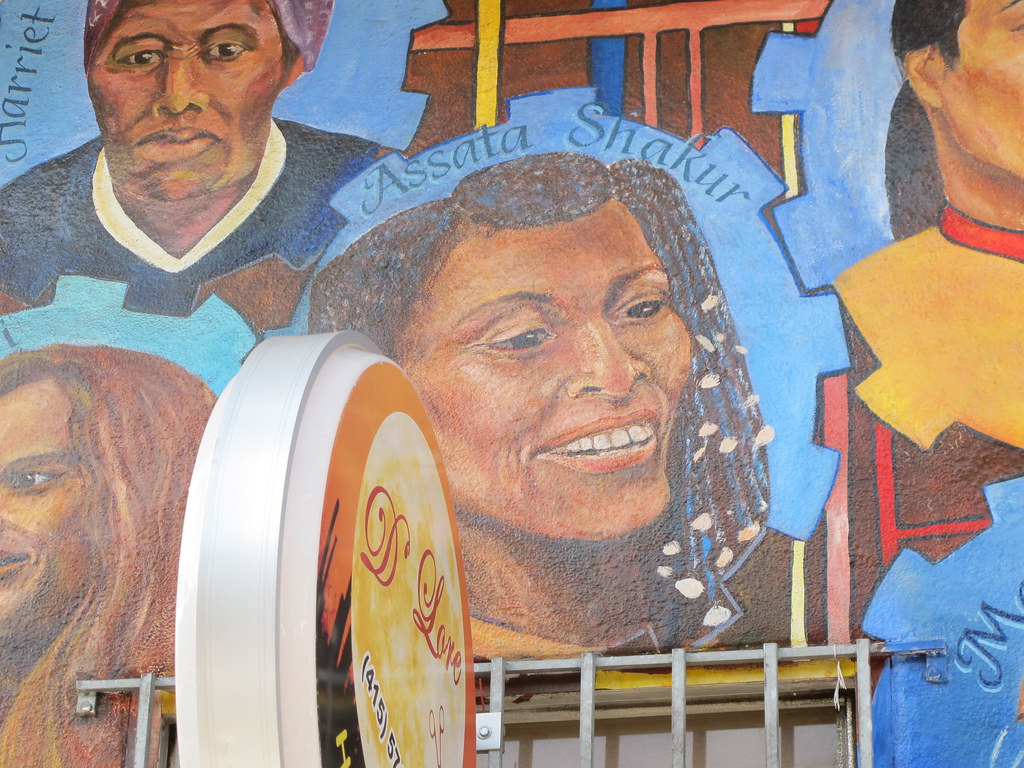
5. **The Daring Prison Escape of 1979**Just two years into her life sentence, Assata Shakur executed one of the most dramatic and audacious prison breaks in modern history. On November 2, 1979, from the Clinton Correctional Facility for women in New Jersey, members of the Black Liberation Army (BLA), demonstrating extraordinary planning and coordination, orchestrated her escape. This event immediately catapulted her back into the national spotlight, intensifying the manhunt and political stakes surrounding her.
The escape unfolded with precision and bold disregard for conventional security measures. BLA members, disguising themselves as ordinary visitors, gained entry into the correctional facility. Once inside, they executed their plan, storming the prison and taking two guards hostage. The operation culminated with them seizing control of a prison van, which they then used to break Shakur out of the heavily secured institution.
This audacious act was widely described by figures such as former FBI assistant director John Miller as “incredibly daring,” underscoring the audacity and meticulous strategic planning involved. The successful escape not only freed Shakur from her confinement but also profoundly reshaped her image, for both detractors and supporters, solidifying her persona as an unwavering and elusive figure in the ongoing revolutionary struggle against state power.
Following her dramatic escape, Assata Shakur effectively disappeared from public view for several years, leading to an immediate and intensive manhunt by U.S. authorities. Her successful evasion of capture for an extended period added to the mystique and legend surrounding her, transforming her into one of the most wanted fugitives in the country. This prolonged disappearance set the stage for her eventual re-emergence in a completely different political landscape, far from American shores.
The immediate aftermath of the escape saw law enforcement agencies across the United States mobilize extensively, yet Shakur remained elusive. The failure to quickly recapture her contributed significantly to the narrative that she was not just a criminal, but a symbol of defiance against the state, further complicating the public’s understanding of her case and intensifying the U.S. government’s resolve to secure her return.
Read more about: Rewind to Reconsider: 10 Classic Comedies That Would Never Get Greenlit in Today’s Hollywood
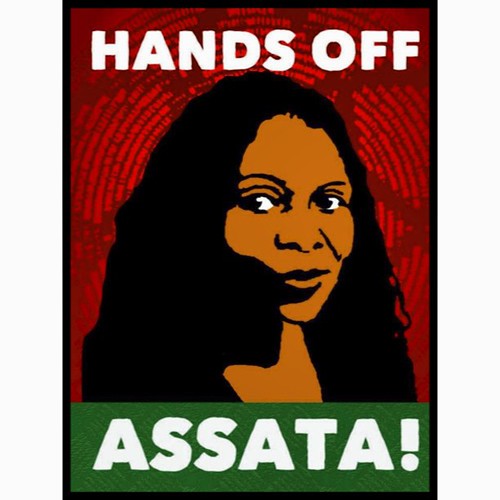
6. **Decades in Cuban Asylum**After her dramatic escape from Clinton Correctional Facility in 1979, Assata Shakur successfully evaded U.S. authorities for several years, eventually surfacing in Cuba. In 1984, the island’s leader at the time, Fidel Castro, granted her political asylum, providing her refuge from U.S. extradition efforts. This decision was a powerful statement of Cuba’s geopolitical alignment, as the Cuban government viewed the armed Black liberation movement in the U.S. as part of a broader global revolutionary struggle, paralleling its support for anti-colonial and left-wing forces in other parts of the world.
During her decades in Cuba, Shakur lived openly, publishing her influential autobiography and participating in interviews. She consistently maintained her innocence regarding the 1973 shootout, asserting in her writings that she did not shoot anyone and had her hands in the air when she was wounded. Reports from figures like former FBI assistant director John Miller also indicated that she taught at Cuban universities, suggesting a life that, while in exile, was not entirely secluded.
Her presence in Cuba, however, became a persistent and contentious issue in the fraught relations between the United States and the communist nation. Successive U.S. administrations, including that of President Donald Trump, consistently demanded her return, viewing her as a fugitive from justice. These demands underscored a fundamental diplomatic impasse, exacerbated by the absence of an extradition treaty between the two countries and Cuba’s unwavering stance in protecting her as a political refugee.
Cuba’s refusal to extradite Shakur was one of the most famous examples of its alignment with what it described as revolutionary forces struggling against perceived oppressive capitalist empires. This stance transformed Shakur into more than just a political refugee; she became a symbol of defiance against U.S. authority, embodying the ideological battle lines drawn between Havana and Washington. The protracted diplomatic stalemate over her case highlighted the enduring political and ideological divisions that characterized U.S.-Cuba relations for decades.
Read more about: Unveiling the Shadow Warriors: Inside the Secret World of Navy SEALs and Their Unmatched Legacy
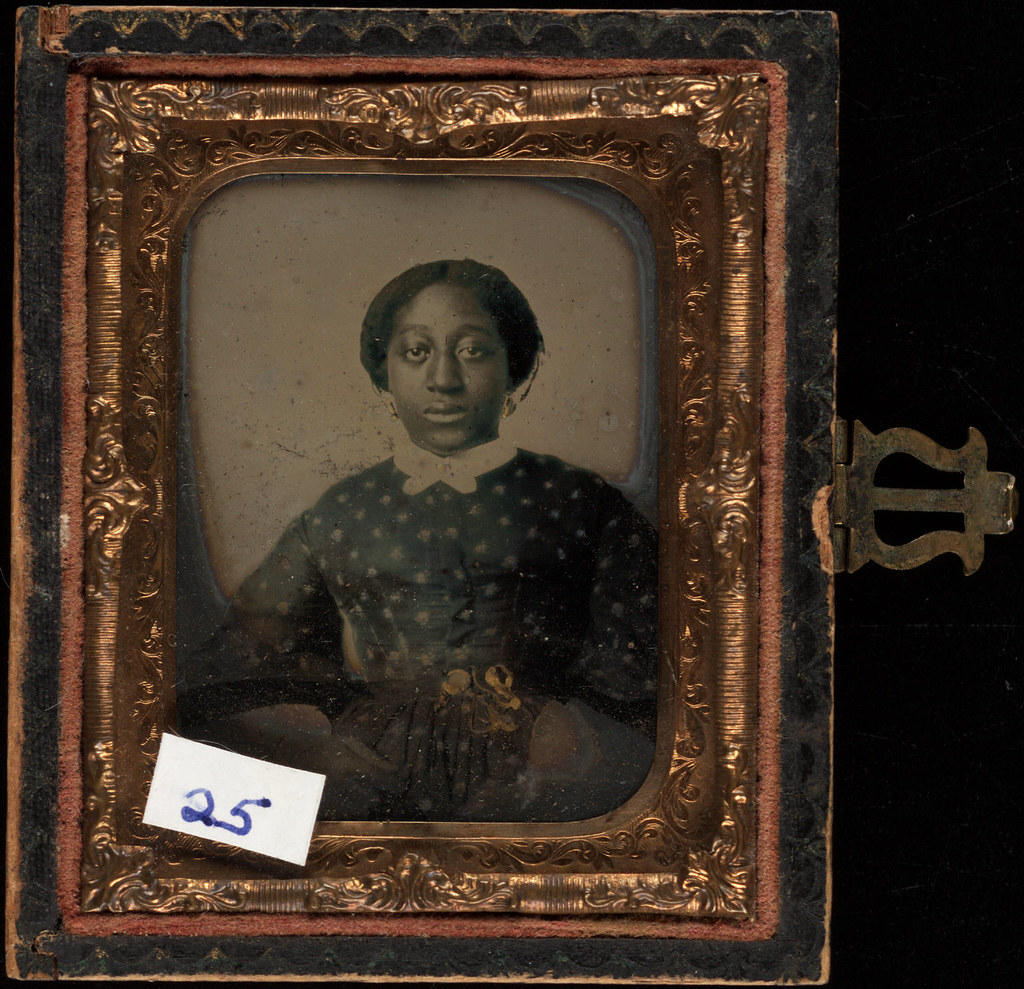
7. **The Lasting Influence of Her Autobiography and Ideology**While living in Cuban exile, Assata Shakur authored and published her seminal work, “Assata: An Autobiography,” originally released in 1988. This book offered her personal narrative, providing a firsthand account of her life, her political awakening, and her experiences with the U.S. legal system. Within its pages, she articulated her reflections on oppression, race, gender, and resistance, laying out an ideological framework that would resonate deeply with subsequent generations of activists.
The autobiography rapidly became an influential text, particularly for activists and artists in various communities. Its messages of resilience and the imperative to challenge systemic injustice found a receptive audience. A particularly resonant passage, “It is our duty to fight for our freedom. It is our duty to win. We must love each other and support each other. We have nothing to lose but our chains,” became a powerful rallying cry, frequently quoted and cited in movements for social change.
However, the influence of her writings was not without controversy. Critics often characterized her words and ideology as being deeply influenced by Marxist and communist principles, leading to opposition from those who viewed her as advocating for radical, anti-establishment viewpoints. This ideological lens, cultivated during her years of activism and likely deepened by her asylum in communist Cuba, became a point of contention for those who disagreed with her political stances.
Despite the criticisms, the enduring power of her autobiography cemented her status as a significant intellectual figure within Black liberation movements. The book transcended its immediate context to become a touchstone for discussions on racial justice, governmental repression, and the complexities of political prisoner narratives. Its continued relevance speaks to the ongoing struggles for civil rights and racial equality, ensuring that her voice and perspectives remained a vital part of the discourse.
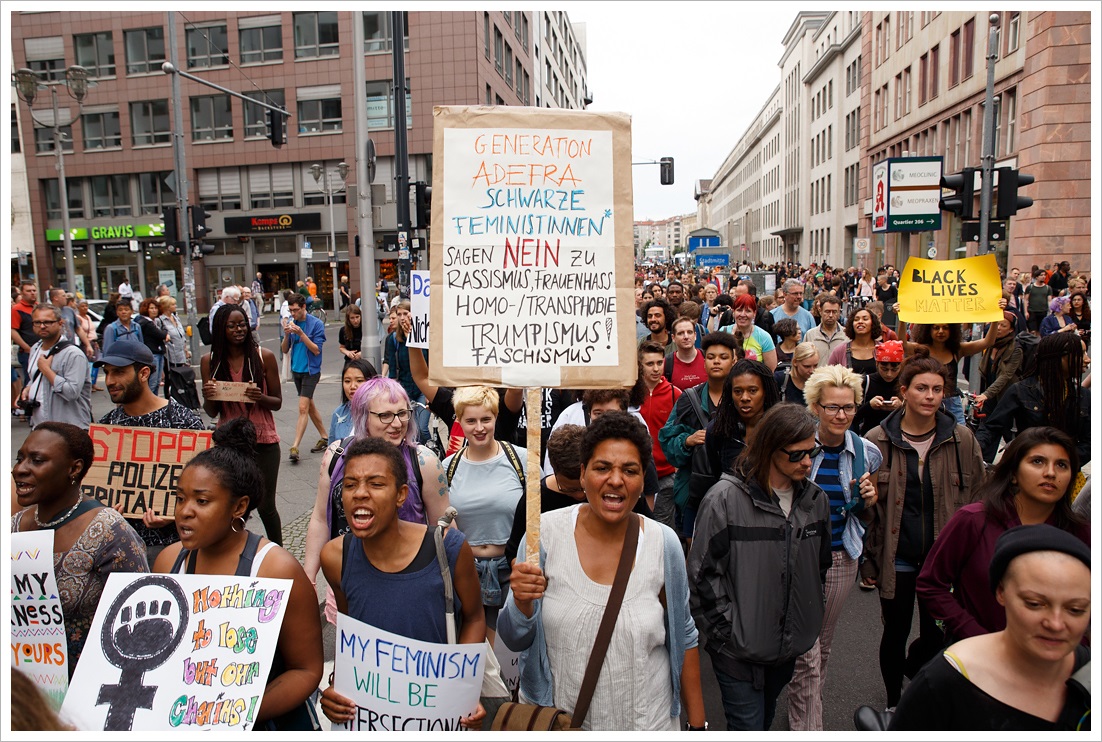
8. **Cultural Impact on Hip-Hop and the Black Lives Matter Movement**Assata Shakur’s life and narrative extended far beyond political circles, profoundly impacting American culture, particularly within the realms of hip-hop music and contemporary racial justice movements. Her story and image were embraced as a symbol of Black resistance, inspiring artists and activists alike. Notably, she held close familial ties to the late rapper Tupac Shakur, being his godmother and step-aunt, which further embedded her narrative within influential cultural lineages.
The hip-hop genre, known for its political commentary and reflection of Black experiences, was one of the earliest and most significant platforms to amplify Shakur’s story. Public Enemy, the pioneering political hip-hop group and Rock and Roll Hall of Fame inductees, is widely considered the first major artist to reference Shakur. Their 1988 song “Rebel Without a Pause,” from the album *It Takes A Nation of Millions To Hold Us Back*, included the lyric “supporter of Chesimard,” explicitly referencing her legal name and signifying her presence in the burgeoning social consciousness of hip-hop.
Years later, Grammy award-winning rapper Common dedicated his 2000 song “A Song for Assata” to her, further illustrating her continued resonance. This artistic tribute, however, also drew controversy. In 2011, Common’s invitation to a White House poetry event during the Obama administration sparked outrage from conservative groups and law enforcement organizations, who deemed it disrespectful to Trooper Foerster’s family and police officers generally, highlighting the deep divisions her legacy continued to evoke.
More recently, Shakur’s writings became a significant rallying cry during the Black Lives Matter movement, which gained widespread prominence in the 2010s. Her impassioned calls for freedom and self-determination resonated with activists protesting police brutality and systemic racism. Black Lives Matter Grassroots Inc., a collective of racial justice activists from across the U.S., publicly paid tribute to Shakur upon her death, stating, “May her courage, wisdom, and deep, abiding love permeate through every dimension and guide us. May our work be righteous and brave as we fight in her honor and memory.” This embrace solidified her cultural significance as an enduring icon of racial justice.
Read more about: Michaela DePrince: A Ballerina’s Enduring Legacy, From War-Torn Childhood to Global Stage and Beyond
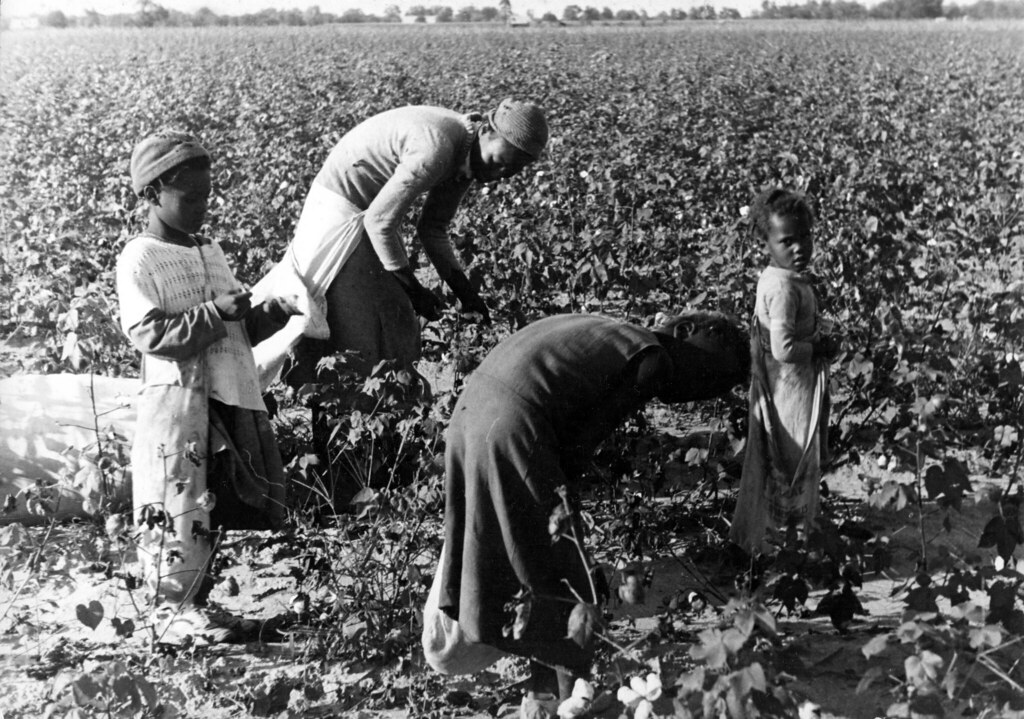
9. **The Enduring U.S. Designation as a ‘Most Wanted Terrorist’**Despite her decades in Cuban asylum, Assata Shakur remained a singularly high-priority target for U.S. law enforcement. In 2013, the U.S. Department of Justice took the unprecedented step of adding her, under her birth name Joanne Deborah Chesimard, to the FBI’s “Most Wanted Terrorist” list. She became the first woman ever to be included on this list, a designation that underscored the gravity with which U.S. authorities viewed her and the 1973 killing of Trooper Werner Foerster. Concurrently, U.S. authorities offered a substantial multi-million dollar reward for information leading to her capture, reaching $2 million.
This designation and the accompanying reward intensified U.S. pressure on Cuba for her extradition. Throughout the decades, numerous U.S. administrations, both Democratic and Republican, explicitly demanded her return. President Donald Trump, during his first term in office, was among the prominent voices calling for her to face justice in the United States. New Jersey officials, including Governor Phil Murphy and State Police Superintendent Col. Patrick Callahan, consistently worked with the State Department in attempts to bring her back to New Jersey, emphasizing their unwavering commitment to accountability for Foerster’s death.
The U.S. perspective consistently framed Shakur as a convicted criminal and a fugitive who had evaded justice for a heinous act. This viewpoint was forcefully articulated by officials who characterized Foerster’s death as an “execution-style” killing at point-blank range. The narrative from law enforcement and government bodies highlighted the perception of her as a dangerous individual whose escape and asylum represented a profound affront to the American legal system and those who serve in it.
Conversely, Shakur’s supporters, including various activist groups, maintained that she was a political prisoner targeted for her anti-ism and anti-racism activism. They argued that her trial was unjust and that she was persecuted for her involvement in resisting racial oppression rather than for direct criminal culpability. This stark divergence in how her case was viewed — as a criminal matter by the state versus a political struggle by her adherents — illustrated the deep societal fissures that her designation as a ‘Most Wanted Terrorist’ continued to highlight.
Even with her advancing age, her name remained on this list, symbolizing an unresolved legal and diplomatic standoff that persisted until her final days. The $2 million reward for her capture, too, remained active, underscoring the U.S. government’s enduring resolve and the exceptional nature of her case within American law enforcement history.
Read more about: Unveiling the Shadow Warriors: Inside the Secret World of Navy SEALs and Their Unmatched Legacy
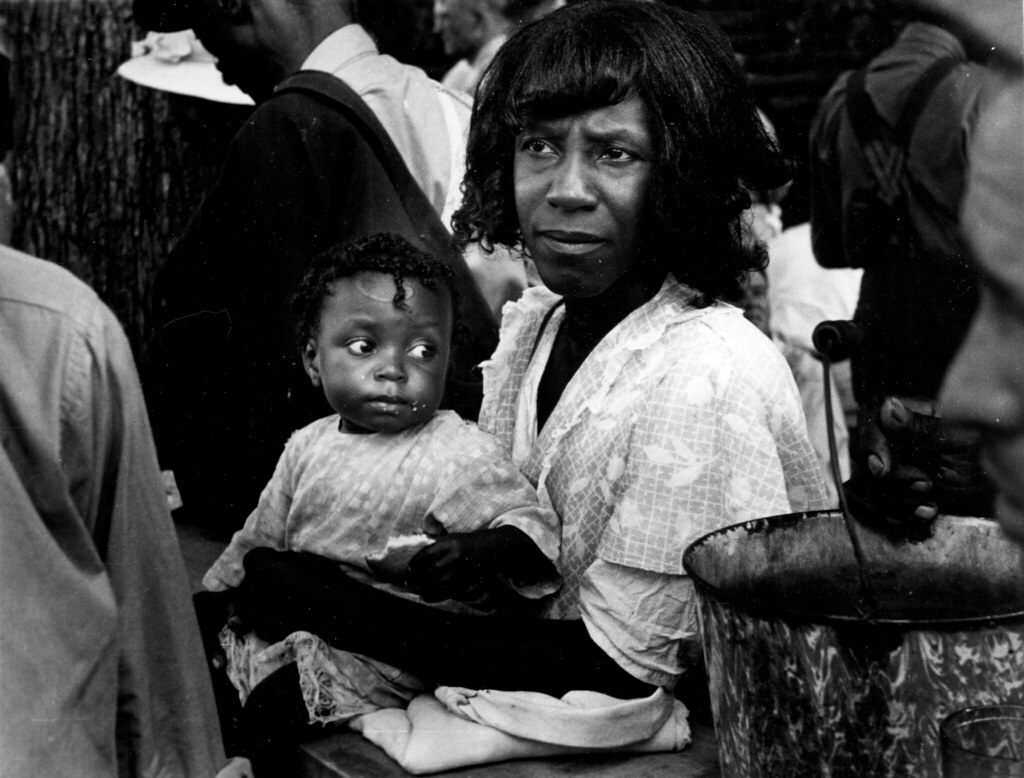
10. **The Complex Legacy Surrounding Her Death and Family’s Response**Assata Shakur’s long and controversial life came to an end on Thursday, September 25, 2025, in Havana, Cuba. Her passing at 78 years old was confirmed by her daughter, Kakuya Shakur, in a Facebook post, and by Cuba’s Ministry of Foreign Affairs, which stated she died due to “health conditions and advanced age.” This announcement brought a symbolic, if not entirely conclusive, end to decades of an intense international manhunt and ideological battle.
For the U.S. authorities and particularly for the family of State Trooper Werner Foerster, her death brought a measure of closure, though not the justice they had long sought through her extradition. Foerster’s family released a statement acknowledging her death did not bring them joy but did offer “a measure of closure to a tragedy that has deeply affected our family and community.” They also conveyed that “The pain of losing Werner is something we carry every single day,” underscoring the profound and enduring grief caused by his killing.
In response to her death, New Jersey Governor Phil Murphy and State Police Superintendent Col. Patrick Callahan issued a joint statement. Reflecting the state’s long-standing position, they affirmed, “We will vigorously oppose any attempt to repatriate Chesimard’s remains to the United States.” This stance underscored the unresolved nature of her legal status in the U.S. and the state’s continued commitment to honoring Trooper Foerster’s memory and sacrifice, even after her passing.
Until her death, Assata Shakur remained on the FBI’s Most Wanted Terrorist list, a designation that persisted despite her advanced age and health conditions. Her death, while ending the physical pursuit, did not immediately erase the official U.S. government’s perception of her. This ongoing legal classification highlights the deeply entrenched positions that defined her case, ensuring that discussions surrounding her culpability and political identity would continue even in her absence.
Ultimately, Assata Shakur’s legacy is a multifaceted and intensely debated one. For her supporters, she embodies struggle against structural racism and state violence, her writings and personal story resonating through generations of activists. For her detractors, she remains a convicted criminal who evaded justice, whose escape and asylum fueled skepticism in law enforcement and public opinion. Her death closes one chapter of a life that spanned activism, legal battles, exile, and profound controversy, yet the complex questions she posed about justice, resistance, and memory continue to provoke reflection and debate in American society and beyond.
Read more about: Driving the Narrative: The Iconic Vehicles of Stranger Things and Their Unseen Influence
The life of Assata Shakur, from her formative years as a radicalized activist to her decades in Cuban exile and her eventual death, serves as a powerful testament to the enduring complexities of race, justice, and political dissent in America. Her story, fiercely contested and deeply symbolic, leaves behind a legacy that continues to challenge conventional narratives and spark vital conversations. The finality of her passing may close a chapter on a physical pursuit, but it opens another for deeper historical analysis and societal introspection into the unresolved tensions that her very existence embodied. Her journey remains a pivotal point of reference for understanding the profound divisions within the American experience.



